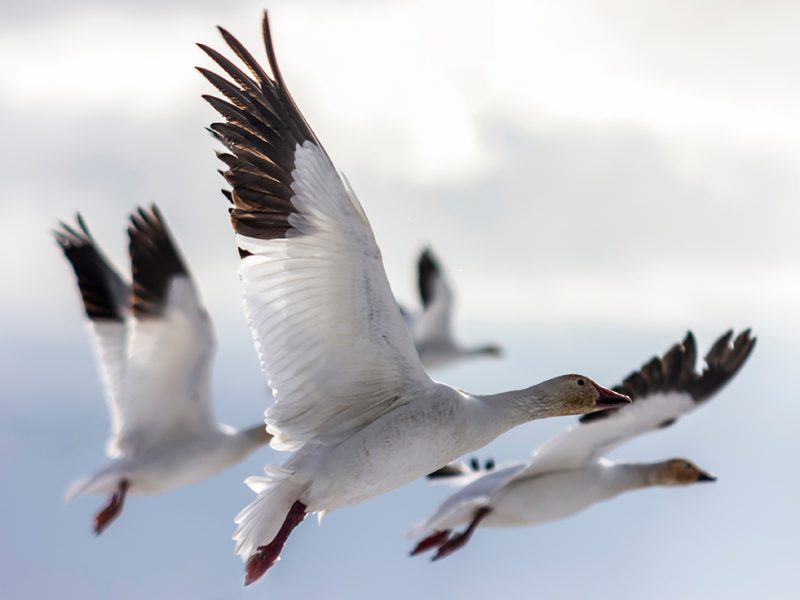The number of BC farms testing positive for highly pathogenic H5N1 avian influenza surged over the past week, with the Canada Food Inspection Agency confirming six farms on November 7.
The cases, which affected all commercial feather groups, including ducks, follow two positive results announced November 4 as well as a case on November 2.
The nine infected premises bring to 13 the number of premises infected since October 20, when the first case of the fall wave was reported. The cases are part of an outbreak that reached the province in April 2022, itself part of a persistent global outbreak that began in 2021.
The scale of the outbreak is such that the virus has become common among wild birds, increasing the risk of AI becoming a year-round concern for growers.
Growers, who returned to a red biosecurity alert level in October and now operate under a provincial order requiring them to keep flocks indoors, have been surprised by the virus’s resurgence within weeks of the fall migration beginning.
This has not reduced their commitment to strong biosecurity protocols, however, which remain the best defence against a virus that has proven itself to be wind-borne and adept at circumventing their best practices.
The BC Poultry Association has reactivated its emergency operations centre to address the growing number of cases.
The industry is poised to play a leading role in future responses to the outbreak, thanks to $1.8 million in federal funding announced in September. The funding will enable “industry-led destruction and biocontainment activities” with CFIA oversight that expands response capacity “without increased risk for animal welfare or disease spread.”
As of November 2, a total of 3,735,000 birds in BC had been impacted by AI. This was 58,000 more than before the current wave began.


 BC young leader honoured
BC young leader honoured